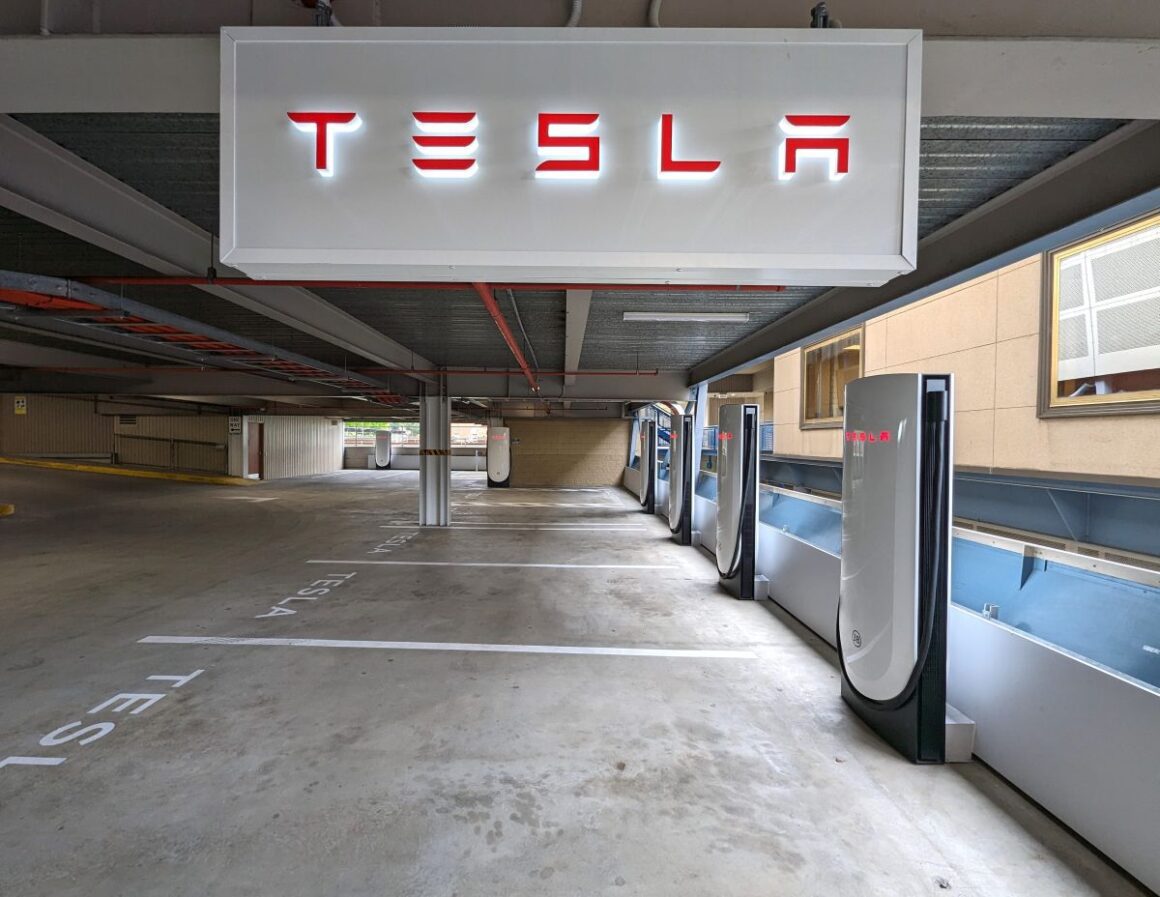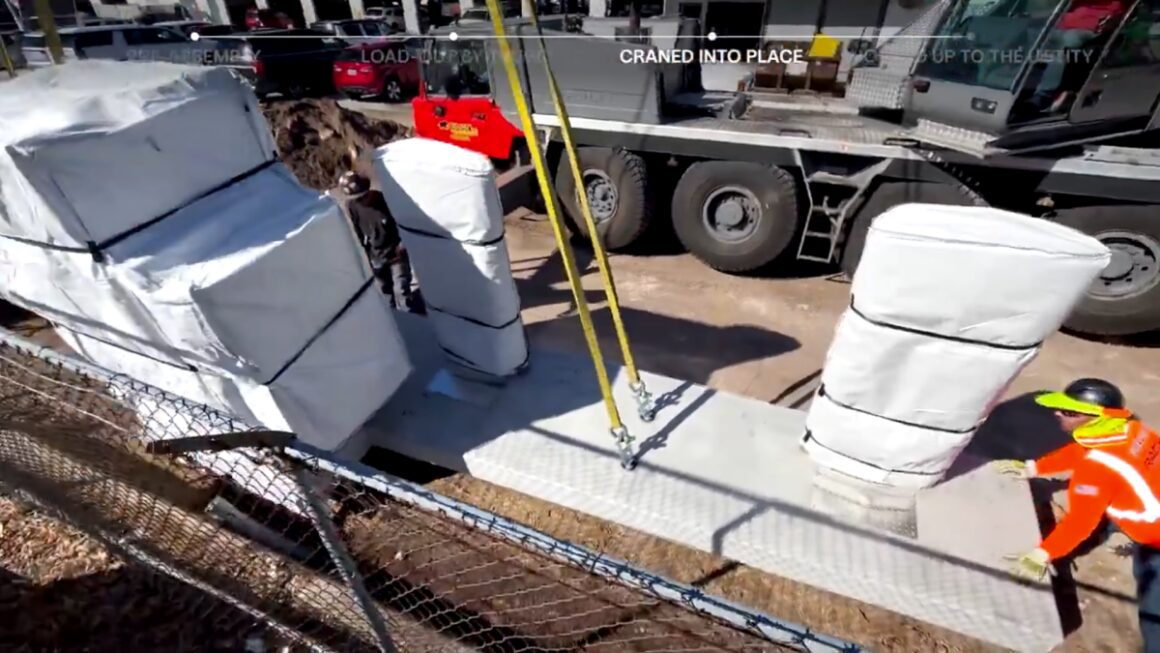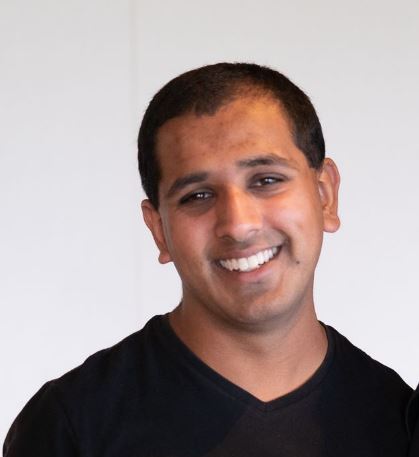Fast chargers traditionally took many months of planning, acquisition of hardware and construction before they are ready to be commissioned for use by EV drivers.
Tesla leads the way when it comes to reliable fast-charging infrastructure across Australia and many other parts of the world.
Now the company has showcased how it’s helping rollout charging sites faster with as little as 4 days from the delivery of charging hardware to the site to then the site opening to the public.
The company shared this on X in a short video that highlights the key steps to getting superchargers to the site.
Tesla’s pre-assembly method is used for the V3 and V4 supercharger stalls that are mounted onto a pre-fabricated concrete slab at its US-based Gigafactory in Buffalo, New York.
This slab includes the conduit for cabling that supplies the power from the powerstack units which are also mounted on concrete slabs.
Down to 4 days from delivery to opening a site with Prefabricated Supercharger Units (PSUs)
— Tesla Charging (@TeslaCharging) April 8, 2024
From there, the prefabricated slabs with all the required hardware are loaded onto a truck. Up to 12 superchargers are loaded onto the truck before being sent on-route to sites.
When the truck arrives on site, these slabs are craned into place on site before being connected to the grid power supply.
From there, the site is commissioned, tested and is quickly opened to the public for use by EV drivers.
At the end of the video, the company also shared the largest site it has rolled out using this method of deployment. It’s a 76-supercharger stall site in the US.
For comparison, Australia’s largest site had 16 supercharger stalls and opened just before Christmas in 2023 in the town of Allbury in NSW.

According to Tesla, the largest installed 2,300 prefabricated supercharger stalls in North America and the company aims to continue using it to fast-track deliveries of its reliable charging network.
On the back of this, one impressed EV driver commented on the method used by Tesla to efficiently deploy charging stations: “Now that is impressive!! I’ve seen sites from other OEMs take almost a year to open from initial groundbreaking.”

Another commented on how this would help installation contractors on site: “Also helps when a contractor doesn’t know how to dig a hole in the right spot.”
This is an impressive way to deploy chargers quickly and efficiently. The key drawback is that it’s practical for sites that are near the factory where these chargers are being manufactured.
Having said that, Tesla charging could one day be producing these in many parts of the world, helping it deploy thousands more charging stalls across various countries.

Riz is the founder of carloop based in Melbourne, specialising in Australian EV data, insight reports and trends. He is a mechanical engineer who spent the first 7 years of his career building transport infrastructure before starting carloop. He has a passion for cars, particularly EVs and wants to help reduce transport emissions in Australia. He currently drives a red Tesla Model 3.

